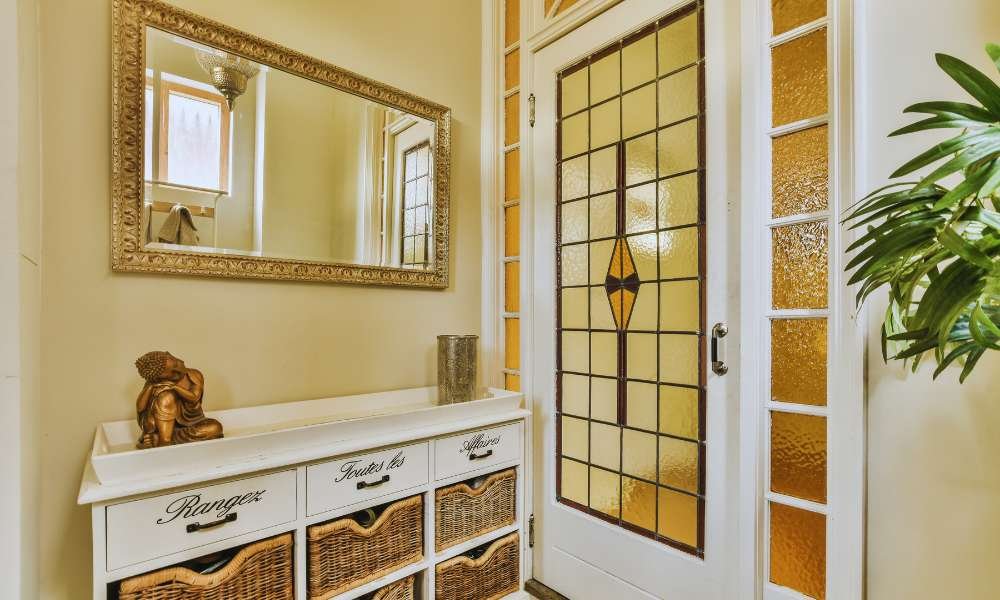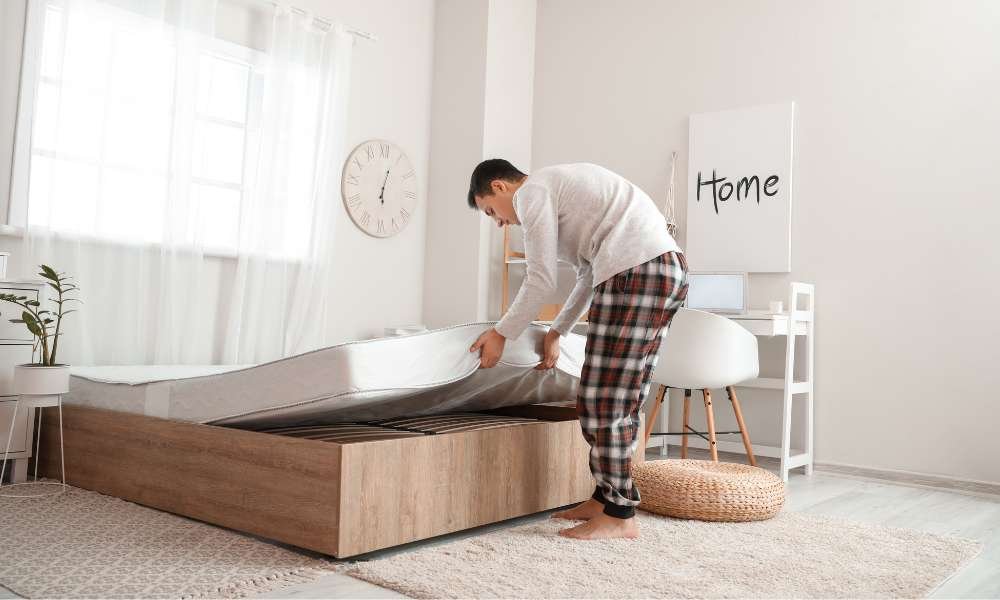Gluing a mirror to the wall is a simple, area-saving way to elevate any room’s appearance. Whether you are updating your restroom or including a decorative touch for your living area, learning how to glue a mirror to the wall ensures a robust and stylish finish without the need for drilling.
This step-by-step manual will stroll you through the system, from instruction to the finishing touch, ensuring your reflection stays in the region for years. Follow these easy instructions for a quick, problem-free DIY venture with professional effects.
Tools and Materials Needed
To successfully glue a mirror to the wall, you’ll want some important tools and materials. First, mirror adhesive is critical for a strong, lasting bond. A degree guarantees your reflection is flawlessly aligned, at the same time as painter’s tape allows you to mark the appropriate placement on the wall. Cleaning resources are essential to prepare the surfaces, ensuring a smooth bond.
A caulking gun makes using the adhesive simpler and more particular. Each of those pieces of equipment plays an essential characteristic in reaching a clean, strong installation, making sure that your reflection remains firmly in the area.
Step 1: Measure and Plan the Placement
The first step in fixing a mirror to the wall is to measure and plan the placement meticulously. Start by selecting the ideal spot where the reflection will enhance the room’s aesthetics and functionality. Use a tape measure to determine the exact dimensions and mark the area lightly with a pencil.
For perfect alignment and symmetry, ensure the mirror’s center aligns with any focal points or features in the room. Taking the time to measure accurately will help achieve a professional-looking installation and prevent any misalignment issues.
Step 2: Prepare the Wall and Mirror Surface
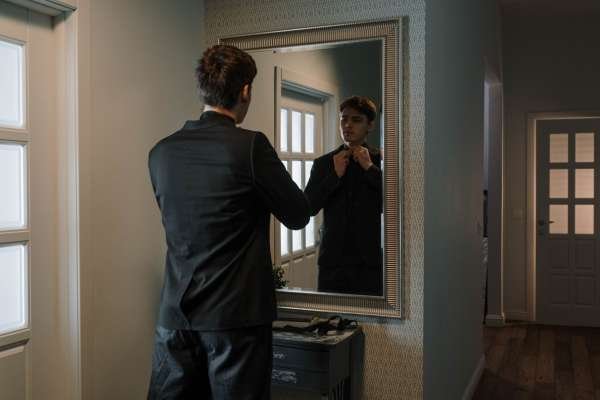
Before gluing your mirror to the wall, it’s critical to put together both the partition and the mirror floor nicely. Start by cleaning the wall with a slight detergent and a moist cloth to remove dirt, dust, and grease. Do the same for the rest of the reflect, ensuring no residue might affect the adhesive’s bond. Once cleaned, make certain both surfaces are absolutely dry to prevent moisture from weakening the adhesive. Proper floor instruction is fundamental to a robust and lasting bond when gluing your replicate to the wall.
Step 3: Apply Painter’s Tape for Guidance
Step 3 in gluing a mirror to the wall is applying painter’s tape to mark the exact placement. This step helps you visualize where the reflection will go, ensuring an accurate fit. Start by placing the tape around the intended mirror area. Be sure to measure and mark the height and width correctly for a seamless look. Pro tip: Use a level to check that the lines are perfectly straight, preventing a crooked final result. This simple step ensures a professional appearance with minimal effort.
Step 4: Apply Mirror Adhesive
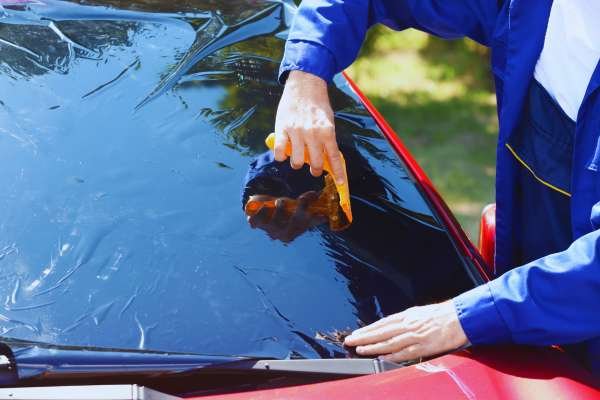
Step 4 is gluing a mirror to the wall is applying the adhesive properly. Start by evenly applying the adhesive to the back of the reflection using either a zigzag or dot pattern. This ensures full coverage without leaving gaps. Avoid using too much adhesive, as it can ooze out from the edges when you press the mirror against the wall. Be sure to use a mirror-specific adhesive to ensure a secure hold and prevent damage to the mirror’s backing. Take your time to apply the adhesive evenly for a smooth, lasting bond.
Step 5: Position the Mirror on the Wall
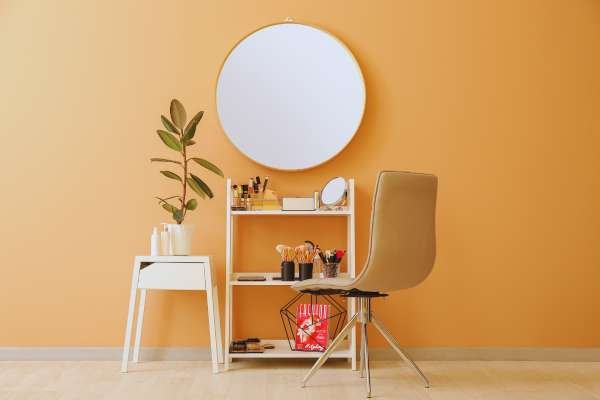
Positioning the mirror on the wall requires careful alignment and steady hands. Start by lifting the reflect and aligning it with the painter’s tape or a pre-marked area on the wall. Make sure the reflect is straight and positioned correctly before securing it. Use a level to double-check the alignment.
Once in place, gently press the reflect against the partition, applying even pressure across the surface. This ensures the adhesive bonds firmly. Take your time to avoid any shifts, and ensure the mirror is fully secure for a long-lasting hold.
Step 6: Securing the Mirror with Support
After positioning the mirror on the wall, it’s essential to secure it with temporary supports while the adhesive sets. Painter’s tape or a support bracket can help hold the reflect in place, ensuring it doesn’t shift or slide. These supports provide stability as the adhesive bonds to the wall. Be sure to check the product’s instructions for recommended drying times—some adhesives may take a few hours, while others may need up to 24 hours to fully cure. Once the adhesive is dry, remove the supports and admire your securely mounted mirror.
Step 7: Clean and Final Touches
After positioning the mirror on the wall, it’s essential to secure it with temporary supports while the adhesive sets. Painter’s tape or a support bracket can help hold the reflect in place, ensuring it doesn’t shift or slide. These supports provide stability as the adhesive bonds to the wall.
Be sure to check the product’s instructions for recommended drying times—some adhesives may take a few hours, while others may need up to 24 hours to fully cure. Once the adhesive is dry, remove the supports and admire your securely mounted mirror.
Conclusion
In conclusion, gaining knowledge of how to glue a mirror to the wall can rework your area with a minimum attempt and without drilling. By following the stairs mentioned—making ready the surfaces, making use of the adhesive, and securing the reflect—you ensure a steady and expert result.
Don’t forget to do away with excess adhesive and ease any smudges for a sophisticated finish. With those recommendations, you could acquire a sleek, fashionable look that complements your room’s decor. Embrace this DIY project with self-belief and experience the improved beauty of your newly mounted mirror.

